Mississippi
The wade-ins that challenged Jim Crow at Mississippi’s beaches
Published
3 weeks agoon
By
Leo Heit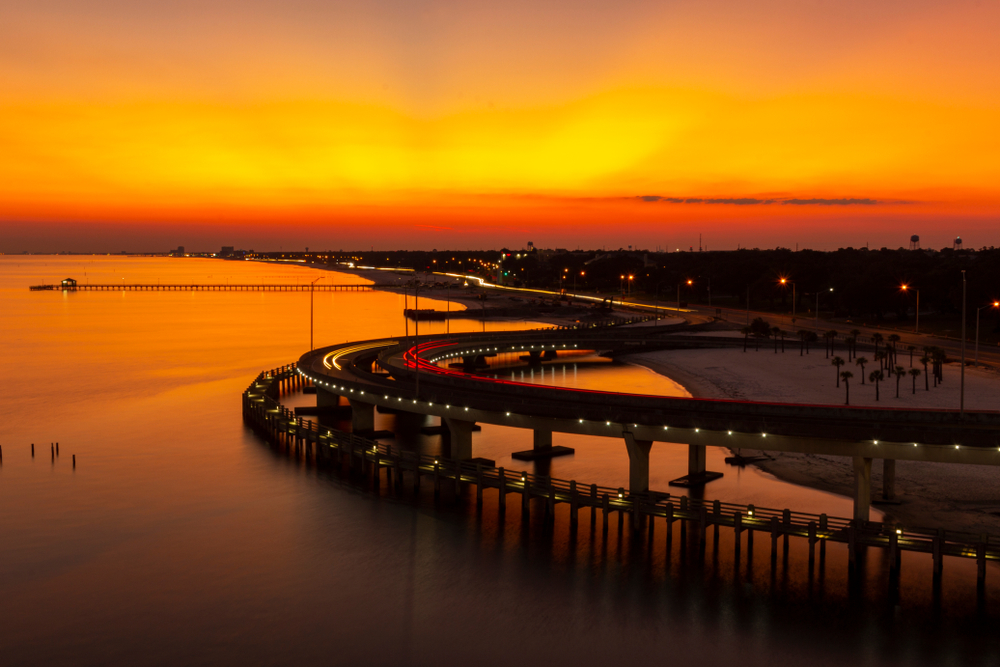
The Biloxi Wade-Ins
In 1959, Dr. Gilbert Mason had a simple question: why couldn’t Black folks swim at Biloxi’s beaches?
These shores were built with tax dollars from all citizens, yet only whites could use them. When Mason tried to swim there, police kicked him out.
The next year, he led 125 Black men, women, and children back to the beach. What came next was pure hate.
White mobs with chains and pipes beat the peaceful waders while cops just watched.
Eight Black men and two white men got shot in what The New York Times called “the worst racial riot in Mississippi history.”
The Mississippi Gulf Coast National Heritage Area now tells this brave story of the wade-ins that finally broke beach segregation in 1968.
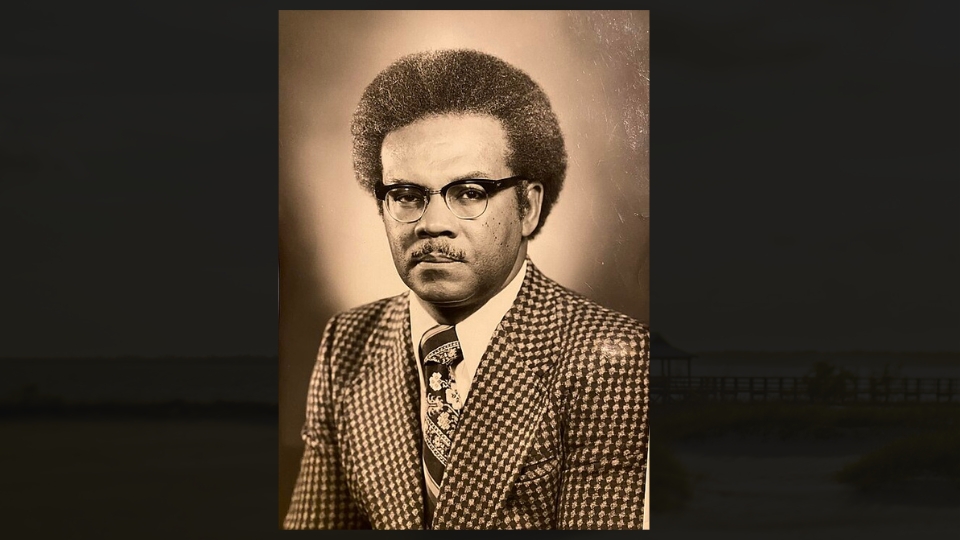
A Young Doctor Found Himself Facing Segregated Shores
Dr. Gilbert Mason moved to Biloxi in 1955 after finishing medical school.
As only the second Black doctor in Harrison County, he opened his family practice in the Black part of town. Mason quickly learned about the strict Jim Crow rules in Mississippi.
One thing caught his eye: the beautiful Gulf Coast beaches built with federal money in 1953.
These beaches, created through a big Army Corps of Engineers project using taxpayer dollars, were off-limits to Black residents.
Nine Brave Souls Stepped Into Forbidden Waters
On May 14, 1959, Mason took a small group of nine Black folks onto the whites-only beach. The group included his 5-year-old son, who couldn’t understand why they couldn’t enjoy the water like everyone else.
Their peaceful visit ended when a city cop came up and told them, “Negroes don’t come to the sand beach. ” Walking away, Mason spotted a trash can labeled “Property of Harrison County,” confirming this was public land.

The Mayor Made No Secret About Segregation Rules
Mason and his friend Murray Saucier went straight to the police station after being kicked off the beach. They asked to see the law that banned Black people from the public beach.
The police claimed the document was locked away and not available.
When they met with Biloxi Mayor Laz Quave, he was blunt: “If you go back down there we’re going to arrest you. That’s all there is to it.”

Community Leaders Joined Forces Against Beach Bans
Mason formed the Harrison County Civic Action Committee to fight beach segregation. In October 1959, Mason, Dunn, and two others formally asked the county board for “unrestrained use of the beach.”
The board tried to compromise by offering a small segregated section for Black residents. Mason rejected this, insisting they deserved access to “every damn inch of it.”
The committee planned a larger protest called “Operation Surf” for April 17, 1960, but later postponed it.
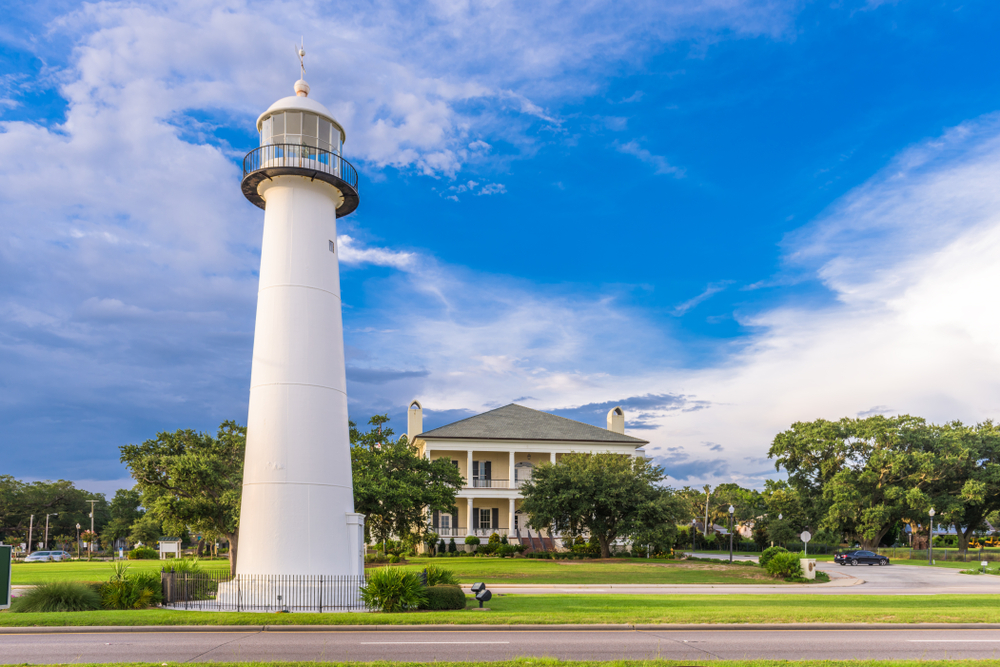
Easter Sunday Brought A One-Man Protest
Mason didn’t wait for the rescheduled group protest. On Easter Sunday, April 17, 1960, he went back to the beach alone.
Police arrested him right away, just as he expected. News of his arrest spread quickly through Biloxi’s Black community.
Many folks who had held back from earlier protests now promised to support future demonstrations. His solo stand fired up the community for what would come next.
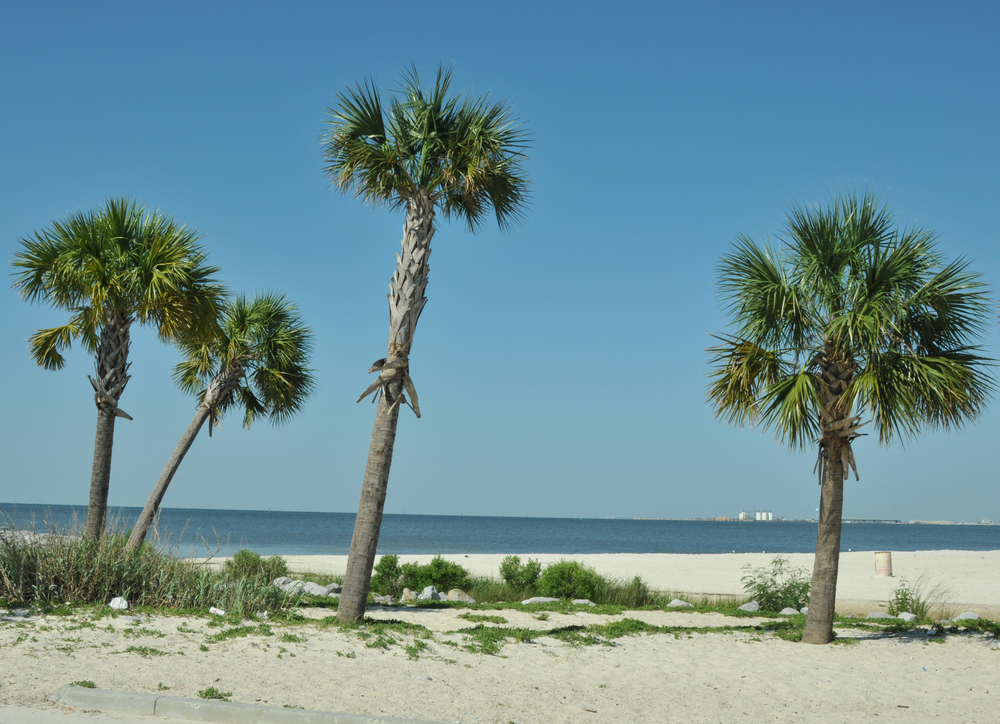
Chains And Clubs Met Peaceful Swimmers
The big moment came on April 24, 1960, when Mason led 125 Black Americans to three different areas of Biloxi Beach. The protesters had trained in nonviolent methods and expected peaceful arrests.
Instead, they faced horror. White mobs carrying chains, pipes, and clubs attacked the unarmed protesters.
Most shocking of all, Biloxi police officers just watched the violence without stepping in to protect the peaceful demonstrators.

Violence Spilled Into The Streets Of Biloxi
The beach attacks sparked wider violence throughout Biloxi as white mobs chased Black folks through city streets. Ten people got shot during the chaos, including eight Black men and two white men.
The New York Times later called the events “the worst racial riot in Mississippi history. ” Police arrested far more Black citizens than whites, even though Black residents were the victims.
Mason himself got arrested despite being hurt in the attacks.

The Justice Department Stepped Into The Fight
The federal government noticed the Biloxi violence. On May 17, 1960, the U. S. Justice Department sued the city of Biloxi for denying beach access to Black Americans.
This was the first federal anti-discrimination lawsuit filed against Mississippi. City officials used every legal trick to delay court hearings.
Meanwhile, Black folks in Biloxi formed the local NAACP chapter with Mason as president to continue their fight for equal rights.

The Final Push Came After A Civil Rights Leader’s Murder
Mason organized the third and final wade-in on June 23, 1963, just days after the killing of civil rights leader Medgar Evers.
This time, 65 demonstrators joined, knowing they would likely get arrested for going on public beaches.
Unlike the 1960 protest, police protected the protesters from violence as Mississippi officials waited for federal court decisions. The protest also allowed protesters to file suit in local Harrison County courts.

Federal Judges Finally Opened The Beaches To All
Victory came in 1967 when the Fifth U. S. Circuit Court of Appeals ruled in favor of Black residents. The court decided that the beaches were indeed public property that everyone should be able to use.
The ruling established that homeowners with beachfront property couldn’t claim to own the beaches.
After nearly ten years of protests and legal battles, Mississippi’s Gulf Coast beaches officially opened to people of all races in 1968.

A Lifetime Of Service Followed The Beach Battles
Dr. Mason continued fighting for civil rights long after the beach integration victory.
He served as president of the Biloxi NAACP chapter for 34 years and led the state NAACP for 33 years. In 2000, he published his memoir “Beaches, Blood, and Ballots: A Black Doctor’s Civil Rights Struggle.”
His contributions to civil rights were recognized when Highway 90 near Biloxi was renamed “Dr. Gilbert Mason Sr. Memorial Highway” in 2009.
Historical markers now stand at the beach and Biloxi Lighthouse commemorating the wade-ins that changed Mississippi history.

Visiting Mississippi Gulf Coast National Heritage Area, Mississippi
The Mississippi Gulf Coast National Heritage Area covers six coastal counties with no admission fee. You can learn about Dr. Gilbert Mason’s Wade-Ins at the Biloxi Visitors Center at 1050 Beach Blvd, open daily 8am-5pm with a special exhibit.
Check out the Mississippi Freedom Trail marker at Biloxi Beach near the lighthouse commemorating the 1960 protests. Drive along the Dr. Gilbert Mason Sr. Memorial Highway section of US Route 90, and view his former medical office.
This article was created with AI assistance and human editing.
Read more from this brand:
Currently residing in Phoenix, Arizona with his wife and Pomeranian, Mochi. Leo is a lover of all things travel related outside and inside the United States. Leo has been to every continent and continues to push to reach his goals of visiting every country someday. Learn more about Leo on Muck Rack.


New Mexico Albuquerque International Balloon Fiesta wrap-ups and fall arts

Mississippi Natchez Trace fall festivals and music events

Minnesota New Ulm and German heritage Oktoberfest events
America’s most liberal places to live in 2025

14 fall camping spots in the U.S. for chilly nights and starry skies

12 Reasons Why You Should Never Ever Move to Florida

Best national parks for a quiet September visit

In 1907, Congress forced Roosevelt to put God back on U.S. coins. Here’s why.

The radioactive secret White Sands kept from New Mexicans for 30 years

America’s most famous railroad photo erased 12,000 Chinese workers from history
Trending Posts

 Pennsylvania3 days ago
Pennsylvania3 days agoHere Are 12 Things People from Pennsylvania Do That Seem Insane To Everyone Else
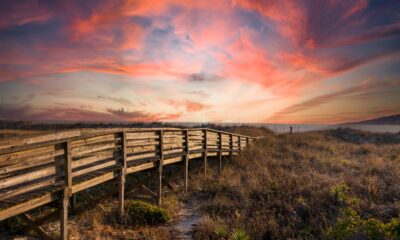
 North Carolina4 days ago
North Carolina4 days agoHere Are 12 Things People from North Carolina Do That Seem Insane To Everyone Else
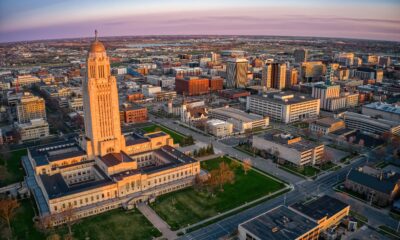
 Nebraska6 days ago
Nebraska6 days agoHere Are 12 Things People from Nebraska Do That Seem Insane To Everyone Else

 Maine5 days ago
Maine5 days agoThe ruins of a town that time forgot are resting in this Maine state park
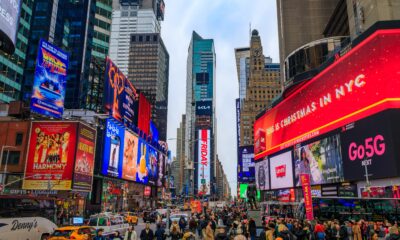
 New York4 days ago
New York4 days agoHere Are 12 Things People from New York Do That Seem Insane To Everyone Else
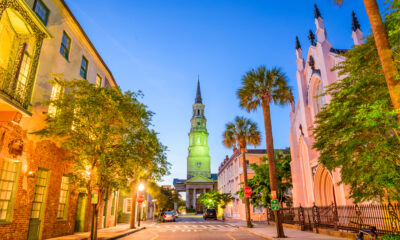
 South Carolina2 days ago
South Carolina2 days agoHere Are 12 Things People from South Carolina Do That Seem Insane To Everyone Else
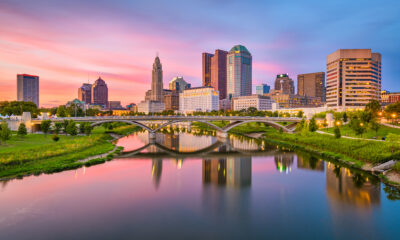
 Ohio4 days ago
Ohio4 days agoHere Are 12 Things People from Ohio Do That Seem Insane To Everyone Else
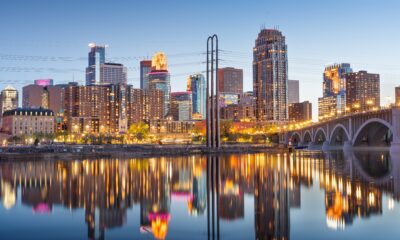
 Minnesota7 days ago
Minnesota7 days agoHere Are 12 Things People from Minnesota Do That Seem Insane To Everyone Else
